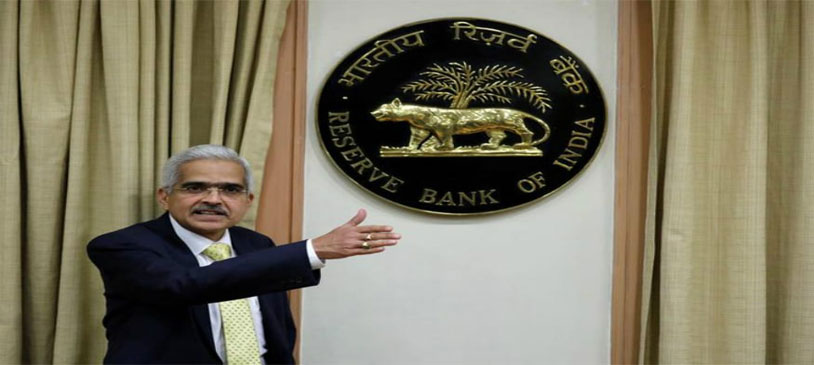Reserve Bank of India Governor Shaktikanta Das has said the central bank has already initiated discussions with some institutions and efforts are on for inclusion of government bonds in global indices as quickly as possible.
The development would attract higher foreign flows as many overseas funds are mandated to track global indices. It will help bring in large passive investments from overseas, as a result more domestic capital would be available for industry as crowding out to that extent would be reduced.
“That is work in progress. We have had our discussions with some institutions which maintain these global index…not possible to spell out a timeline, but it is a work in progress. Our effort will be to see that it is taken forward as quickly as possible. I don’t want to give a timeline,” he told PTI in an interview.
This was a long-pending suggestion of foreign investors that was addressed in the Budget this year.
“Certain specified categories of Government securities would be opened fully for non-resident investors, apart from being available to domestic investors as well,” Finance Minister Nirmala Sitharaman had said in the Budget 2020-21.
The specified securities, which will be listed on the indices, will not have a lock-in requirement.
Globally, there are some large institutional investors that track these indices, such as Bloomberg Barclays Emerging Market Bond index, for positional decisions on sovereign papers.
With regard to health of the shadow banking sector, Governor Das said RBI has been monitoring the top 50 NBFCs very closely, in fact much more closely than anybody can imagine from outside.
“Similarly, the health of the other financial sector entities including the banks are also being very closely monitored by the Reserve Bank of India. The Reserve Bank remains committed to maintain financial sector stability,” he said.
As far as the NBFCs are concerned, he said, “our close monitoring over the last one year, we have a reasonably good idea about where exactly the stress lies. We are constantly engaged with the individual NBFCs and only very few of the NBFCs have some liquidity issues.”
“We are constantly engaging with their management, with their promoters and encouraging them to resolve their problems through market based solutions in terms of getting additional liquidity. The engagement with the NBFCs management is constantly on,” he added.
Sounding sanguine about the future, Das said the overall flow of credit to the NBFC sector has improved quite steadily over the last few months.
“There are a good number of NBFCs which are able to access funds from the market at reasonably competent rates, even comparable to or perhaps a bit lower than the pre-IL&FS rates. So, therefore, NBFC sector is slowly improving, and it has steadily improved over the years and we will continue to monitor that sector,” he said.
The NBFC sector, including some large housing finance companies, came under stress following a series of defaults by Infrastructure Leasing & Financial Services (IL&FS) group companies beginning September 2018.
Immediately after the IL&FS crisis, NBFCs faced severe liquidity crunch as mutual funds (MFs) stopped refinancing their loans, leading to asset liability mismatch.
The situation became so dire that it was even compared to the 2008 Lehman Brothers crisis. The government had to step in and supersede the board to avert a blow up. Subsequently, RBI pitched to ease liquidity issues.
In a bid to improve regulatory oversight, housing finance companies were brought under the RBI from the fold of National Housing Bank.
SOURCE: bit.ly/2HNhAU9
